Each year, the typical American household spends around $25,513 on household bills, according to new research. But have you ever wondered what we spend the most on? Let’s take a look at the highest average monthly bills in America and how you can reduce them.
Keeping a Roof Over Your Head

This information comes from Doxo’s 2024 Household Bill Pay Report. Mortgage payments come out as the most expensive household bill, with people paying around $6,730 per year. Only 40% of Americans pay a mortgage, but they’re certainly feeling the pinch. If you’re looking to ease that burden a bit, you might want to try refinancing for a better rate.
The Reality of Renting
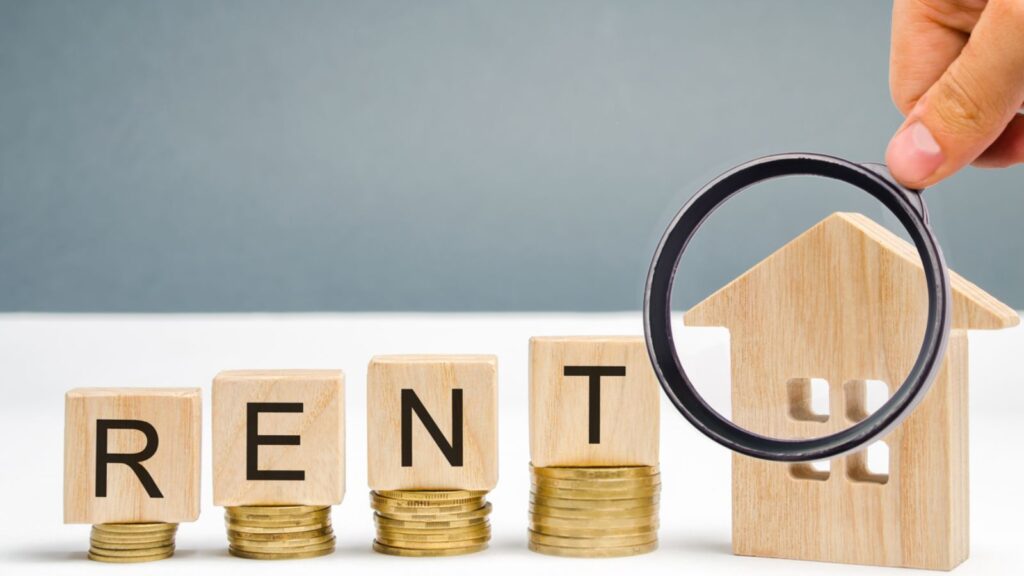
Not too behind is rent, which is around $4,992 annually, and 32% of Americans pay this bill. Even though fewer people rent, it takes up a pretty slice of their paycheck. Anyone who wants to reduce their rent might want to speak to their landlord or look for a cheaper place, which can make a big difference in your monthly budget.
Car Costs
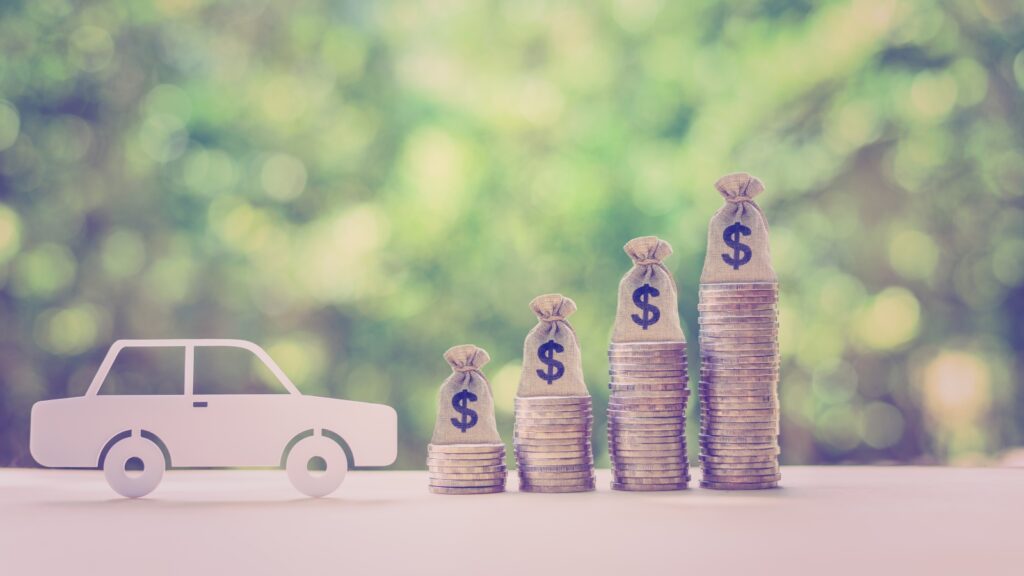
Auto loans are normal for many people, at around $496 monthly, with 73% of Americans paying this. If you’re looking to lower that payment, you may want to refinance your loan. Better yet, try going for a more budget-friendly option, as this can massively reduce your monthly expenses and leave you with more cash to spend.
Auto Insurance

Similarly, anyone with a car needs auto insurance, too, which sets back the average American about $209 monthly. That’s no small change, especially since 82% of us have to pay for it. If you’re struggling with high premiums, you might want to shop around for a better rate or bundle it with another insurance plan you have.
Powering Your Home

Keeping the lights on and the water running costs us about $362 every month, which is quite a lot for utilities. Bizarrely, though, only 79% of us are actually paying these bills. Are the rest of us just living in a cave? You might want to stick to using energy-efficient things and be a little more mindful of when and how you’re using your utilities.
Essential But Expensive

Although it’s a little cheaper than the other big bills at $114 a month, 74% of us are paying for it. Staying healthy shouldn’t break the bank, but for some people, it does. Make sure you’re only paying for what you need, and maybe speak to your employer, as they could have a cheaper plan for you.
Staying Connected
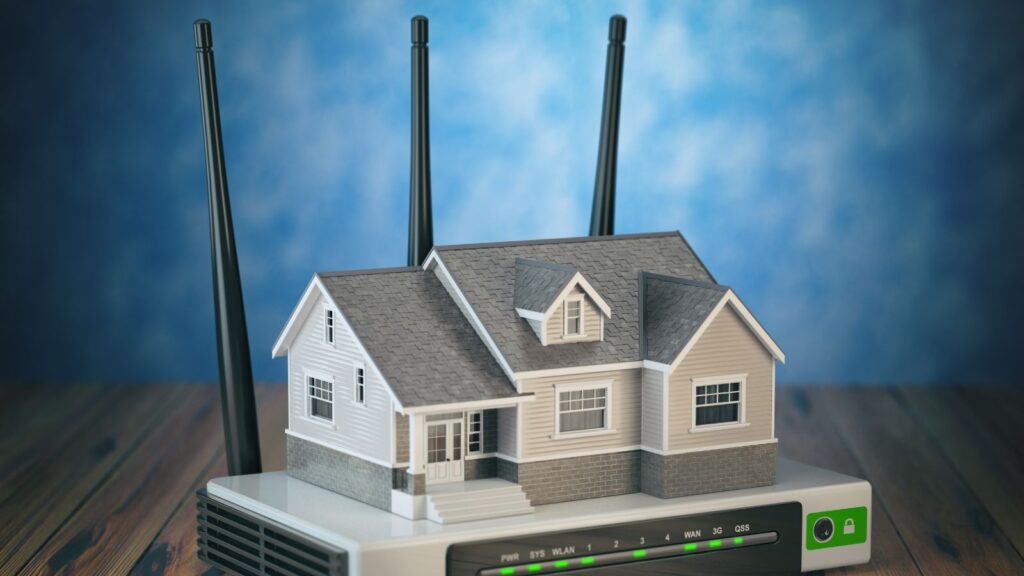
Staying connected is pretty much non-negotiable these days, and 81% of average Americans spend around $122 per month on cable and internet. But, like with most bills, there’s room to cut costs. You could drop some channels you never watch or switch to a solely internet-based service plan. You could even try a newer provider that has a more budget-friendly package.
Cell Phones
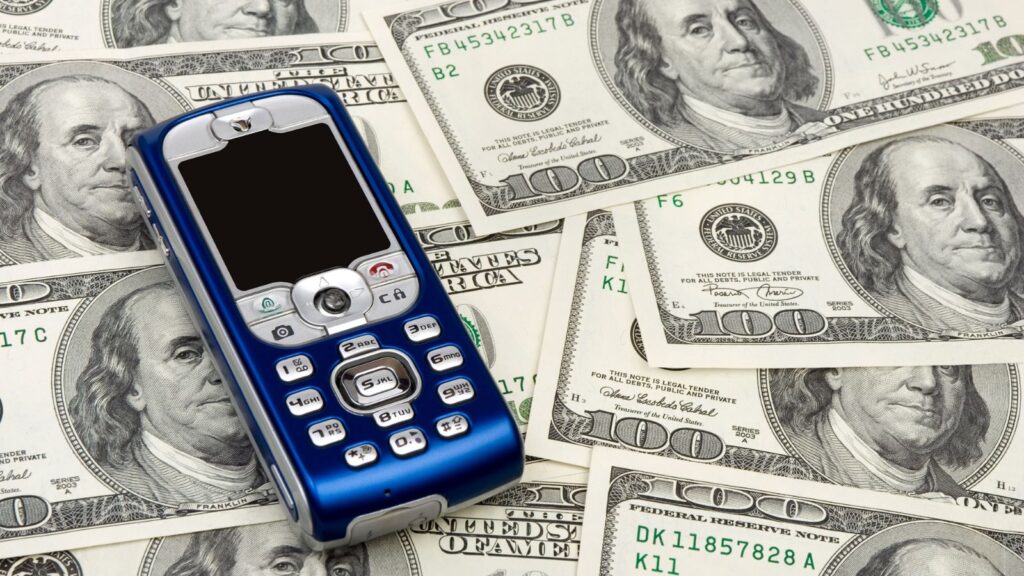
Similarly, practically everyone has a mobile phone, and the typical bill is around $121 per month. Given that 94% of us pay for this finding a family plan or a competitive carrier is a good idea because it can significantly lower your monthly expenses. Don’t forget to check out prepaid plans, as well, as they can give you even more savings.
Safe and Secure
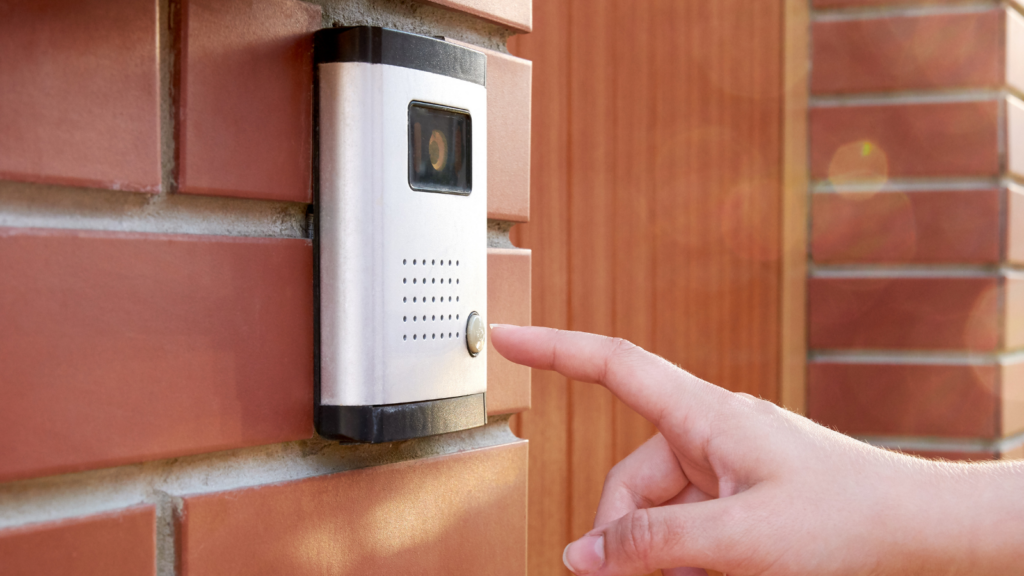
Only 13% of Americans pay for an alarm and security system, which is roughly $85 per month. If that sounds like you, you might want to think carefully about which features you absolutely need and which ones are just nice to have. This way, you’re not overpaying to get some peace of mind.
Planning Ahead

Life insurance might not be everyone’s cup of tea, but for 25% of us, it’s an extra $87 a month for that safety net. You should review your policy now and then because your needs change, and you might be able to get by with a cheaper plan. You should also look for quotes every few years, as different providers can give you completely different rates.
Feeding the Family
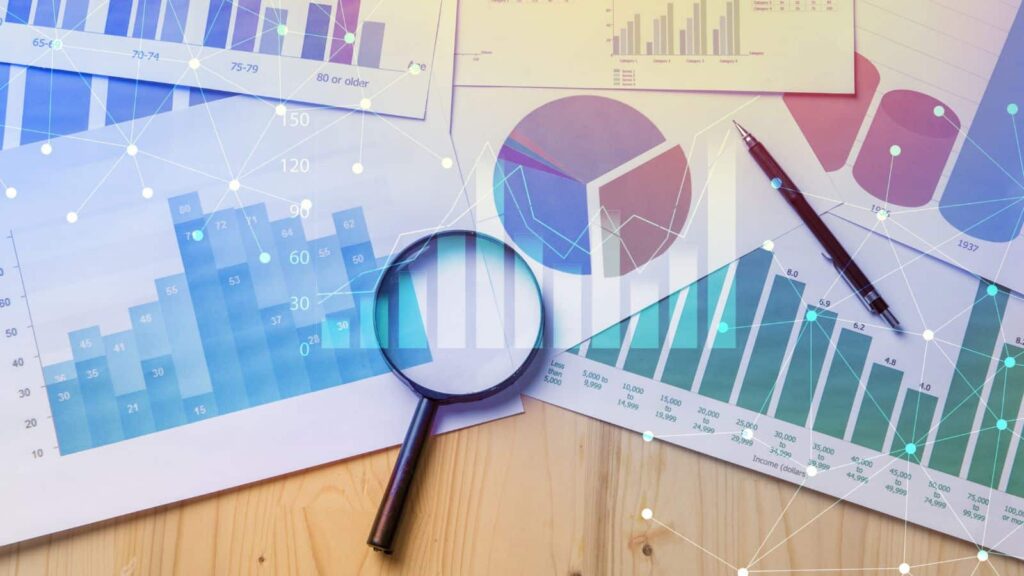
According to other research, the average American spends around $779 a month on groceries, which is an increase of around 13% compared to 2021. But it doesn’t have to be this way, as you can take steps to make it cheaper. Planning meals and using coupons can make your grocery bills cheaper. And don’t forget about buying in bulk or choosing store brands over name brands.
Home Maintenance
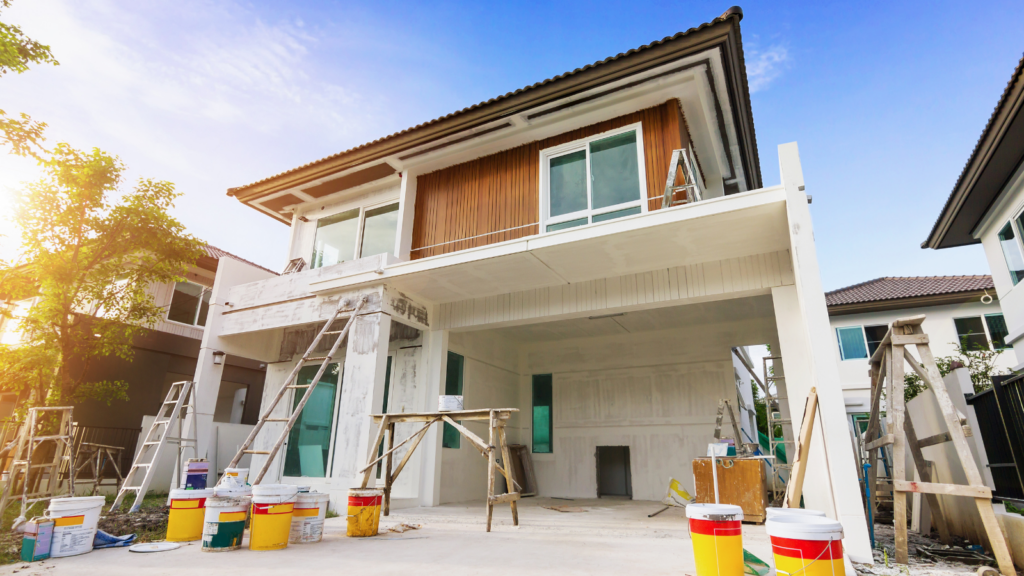
Home maintenance can get expensive, even if it’s just fixing a leaky faucet or replacing a broken window, with an average cost of $2,335 yearly. You should always set a little money aside for home repairs so you can stop those expenses from eating too much of your budget. Better yet, doing regular maintenance can also help you avoid more costly repairs in the long run.
Education Costs

In homes with children, education expenses can be costly, as school supplies and extracurricular activities don’t come cheap. You should always look for scholarships and buy used textbooks to make things a little less expensive. Doing free activities never hurt anyone, either, especially since your kids won’t know the difference.
Transportation Troubles

Beyond auto loans and insurance, there are other transportation costs like gas and vehicle maintenance. Even if you’re not driving, you’ve got the cost of public transportation to think about. You might want to try carpooling or using cheaper public transportation more often to reduce those costs.
Pet Care

The pet industry is booming, thanks to all the food and vet visits that people are forking out for, and stands at around $147 billion in America alone. If you’re looking to reduce your spending, you can try buying pet supplies in bulk and get regular check-ups for your furry friends. Even grooming your pets at home can lower your bills.
Fun On a Budget
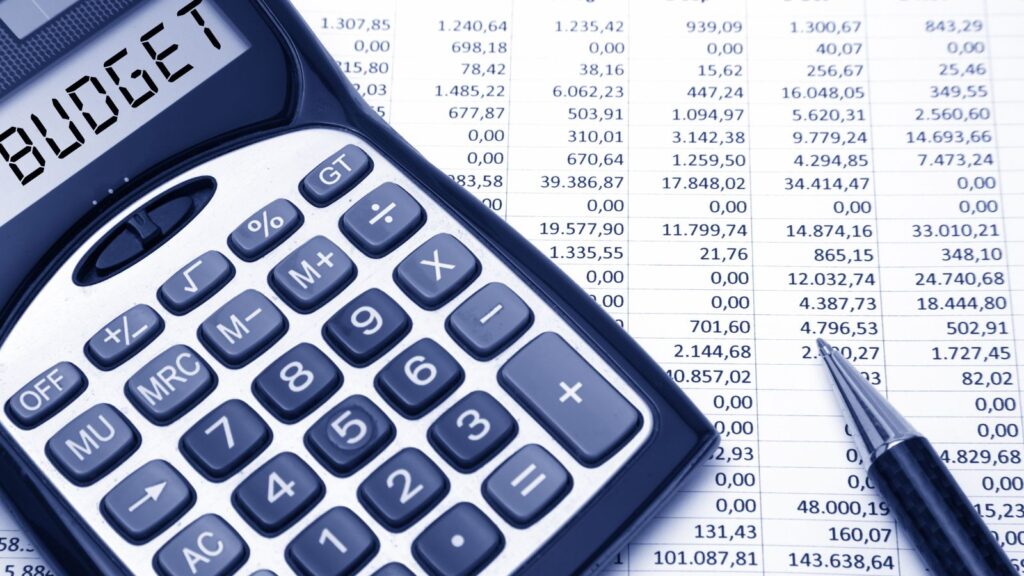
It might seem like just a little bit here and there, but what you’re spending on entertainment will add up, whether that’s because you’re dining out or going to the movies. On average, Americans spend around $288 monthly. But you can make things cheaper, as there are so many cheaper and equally fun activities, like visiting public parks or going hiking.
Dress Smart

What you spend on clothing can change quite a bit, but shopping off-season and going for quality over quantity can reduce your bills. The average American spends $1,866 on clothes annually, which seems pretty steep. You can also try going to thrift stores, as they’re a lot cheaper and good for the environment.
Staying Fit

On average, you’re looking at around $58 per month to stay in shape with gym memberships. But if you’re not keen on spending that much, there are always other options, like community recreation centers and membership deals. Plus, lots of gyms have free trials that’ll give you a taste of things.
19 Grim Realities of Dating After 50 That Are Often Overlooked

19 Grim Realities of Dating After 50 That Are Often Overlooked
26 Things That Will Be Extinct Because Millennials Refuse to Buy Them

26 Things That Will Be Extinct Because Millennials Refuse to Buy Them
24 Outdated Slang Terms You Absolutely Shouldn’t Be Using Anymore

24 Outdated Slang Terms You Absolutely Shouldn’t Be Using Anymore
25 Hardest Parts About Getting Older That No One Ever Talks About

25 Hardest Parts About Getting Older That No One Ever Talks About






